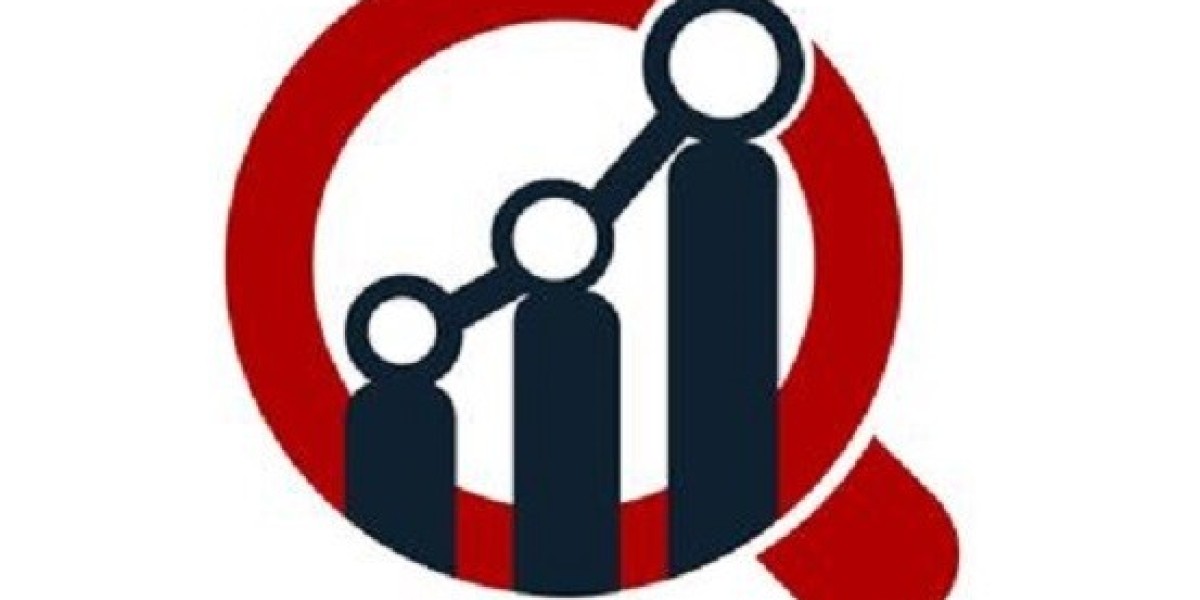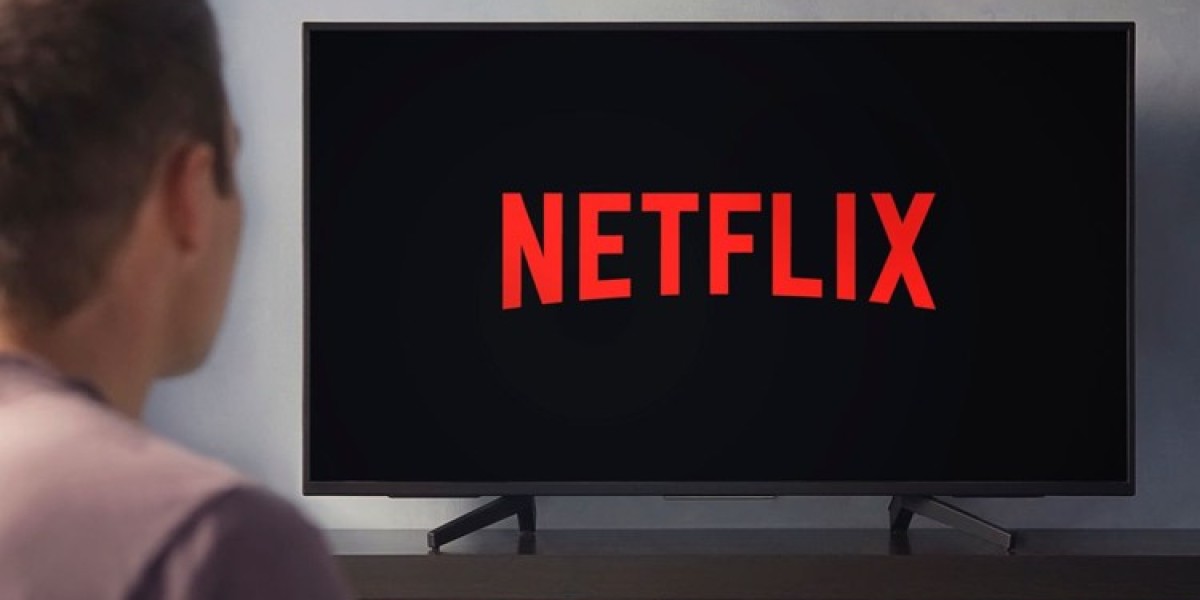Pediatric Epilepsy Therapeutic Market: Evolving Treatment Approaches for Young Patients
Understanding Pediatric Epilepsy
Pediatric epilepsy refers to recurrent seizures in children due to abnormal electrical activity in the brain. It is a neurological disorder that can affect cognitive development, behavior, and overall quality of life. Treating epilepsy in children poses unique challenges because of the developing brain, age-specific symptoms, and potential side effects of long-term therapy. The need for safe and effective pediatric-focused epilepsy treatments has driven innovation across the healthcare landscape.
Growing Demand for Tailored Treatments
The pediatric epilepsy therapeutic market is gaining momentum as awareness increases and diagnostic capabilities improve. Unlike adult epilepsy treatment, pediatric therapy must consider the child's weight, age, and growth patterns. This has encouraged pharmaceutical companies and researchers to develop dosage forms and drug regimens that cater specifically to children.
The increasing availability of liquid formulations, chewable tablets, and dissolvable strips has made it easier to administer medications to younger patients. Moreover, personalized medicine is slowly emerging in pediatric neurology, with genetic testing and EEG analysis offering targeted insights into seizure types and optimal treatment routes.
Current Treatment Landscape
Antiepileptic drugs (AEDs) remain the cornerstone of epilepsy management in children. Drugs such as levetiracetam, lamotrigine, and valproic acid are widely used to control seizures. However, not all patients respond to medication alone. About 20–30% of children with epilepsy may have refractory epilepsy, requiring more intensive interventions.
For such cases, ketogenic diets, vagus nerve stimulation (VNS), responsive neurostimulation, and even epilepsy surgery may be considered. VNS, for instance, involves implanting a device that sends electrical impulses to the brain to help reduce seizure frequency. These non-pharmacological options are becoming increasingly available in pediatric care settings, expanding treatment possibilities beyond medications.
Emerging Therapies and Innovations
Recent years have seen significant advancements in epilepsy therapeutics. New-generation drugs with fewer side effects and better seizure control are entering the pediatric space. Cannabidiol (CBD)-based therapies have also shown promise, especially in treating rare pediatric epilepsy syndromes like Dravet syndrome and Lennox-Gastaut syndrome. These treatments offer better tolerability and efficacy, especially when traditional AEDs fall short.
Gene therapy is another area of research gaining attention. Although still in early stages, it holds potential for correcting underlying genetic mutations responsible for epilepsy in specific populations. Combined with AI-assisted diagnostics and wearable seizure-monitoring devices, pediatric epilepsy care is moving toward a more proactive and personalized future.
Challenges Facing the Market
Despite the growth in treatment options, there are still hurdles in pediatric epilepsy therapeutics. Limited clinical trial data for children often makes it difficult to evaluate safety and efficacy for new drugs. Moreover, long-term use of antiepileptic medications can have developmental side effects, affecting cognition and behavior.
Another challenge lies in the early detection and accurate diagnosis of epilepsy in children, which can be delayed due to subtle symptoms or misinterpretation of behaviors. Strengthening pediatric neurology networks and increasing caregiver education remain essential for timely intervention and management.
Regional Outlook and Market Opportunities
North America and Europe currently lead the pediatric epilepsy therapeutic market due to their robust healthcare systems, higher awareness, and faster regulatory approvals. The presence of specialized pediatric epilepsy centers and neurology clinics has helped push forward both diagnosis and treatment.
In contrast, regions such as Asia-Pacific and Latin America are seeing increased demand for affordable epilepsy care. With healthcare infrastructure expanding and governments investing more in pediatric health, these markets offer substantial growth opportunities. Telemedicine and mobile health apps are also playing a key role in extending epilepsy care to remote or underserved areas.
Looking Ahead: Better Care for Young Minds
The future of pediatric epilepsy therapeutics lies in a holistic, personalized approach—combining medication, technology, and supportive care to improve outcomes.
Explore our latest reports
? Stay ahead in the healthcare industry. Browse our latest insights now!
About Market Research Future (MRFR)
Market Research Future (MRFR) is a global market research firm that provides comprehensive insights into market trends, drivers, challenges, and opportunities. We offer a broad range of market intelligence reports and consulting services to help businesses and enterprises in various industries make informed decisions
Media Contact:
Market Research Future (MRFR)
Phone: +1-646-845-9312
Email: contact@marketresearchfuture.com
Website: marketresearchfuture



